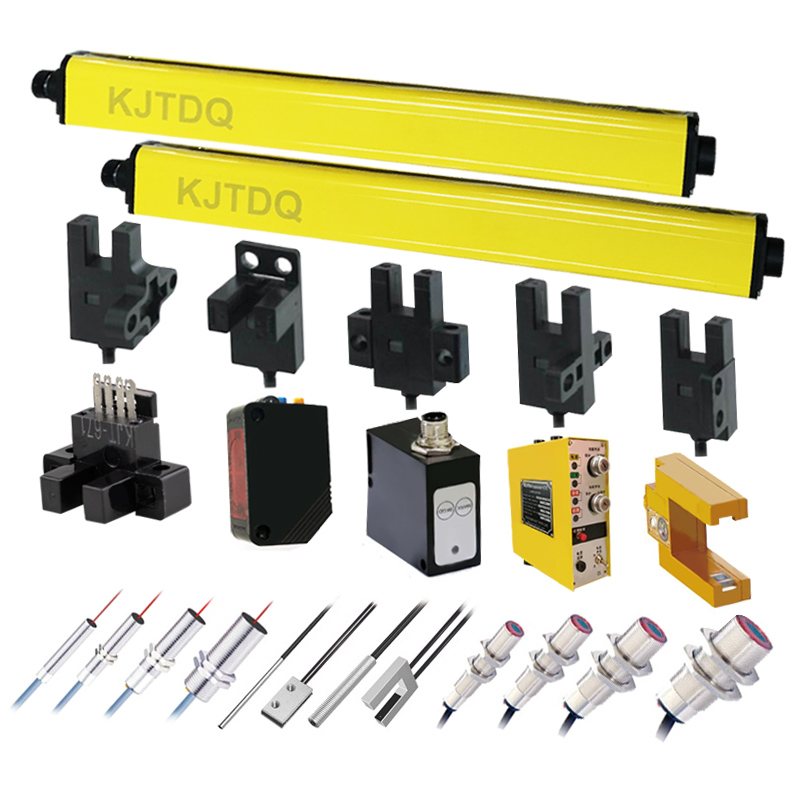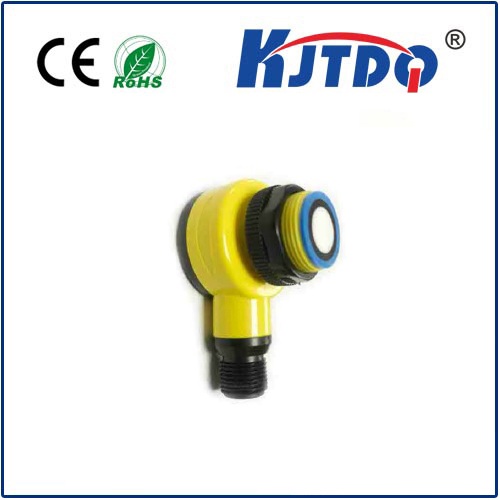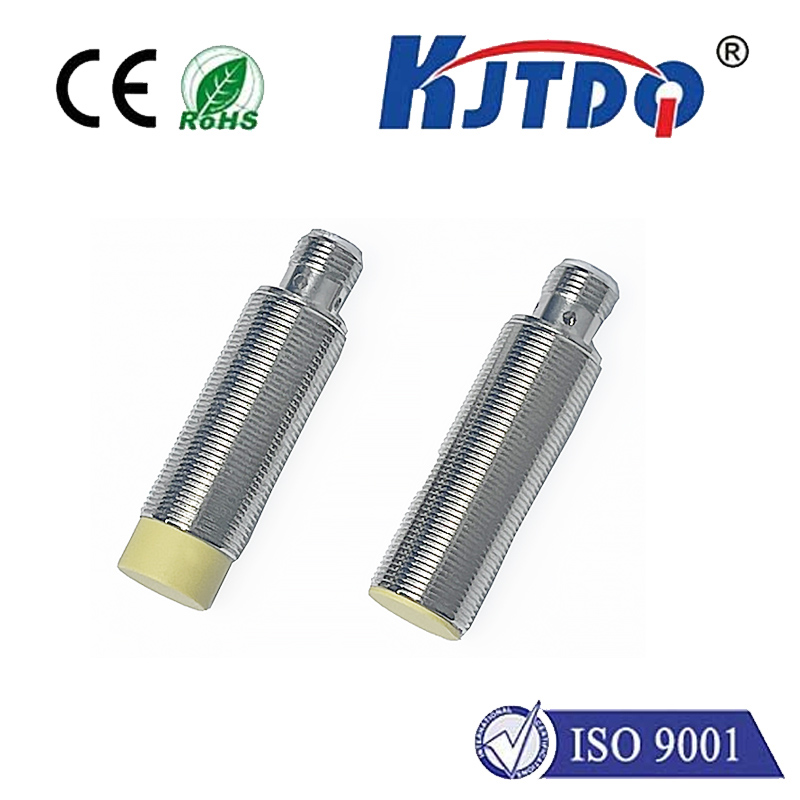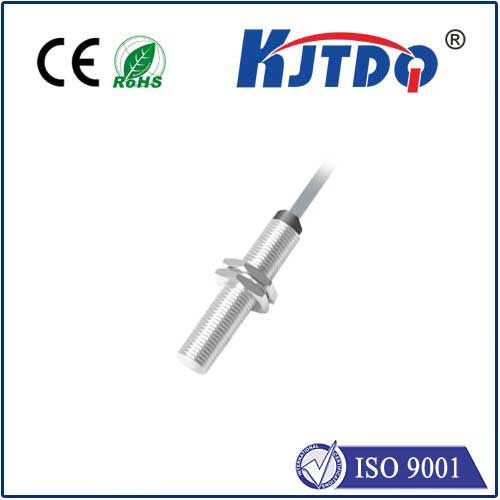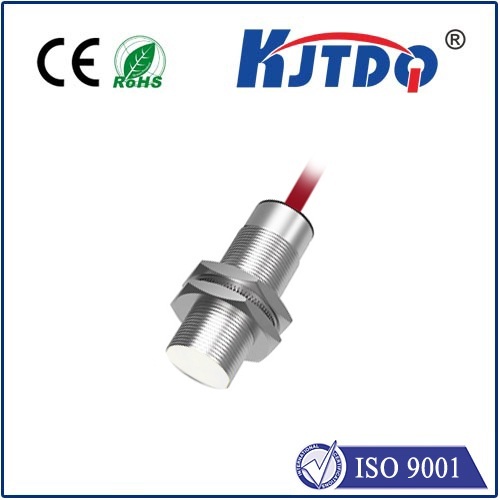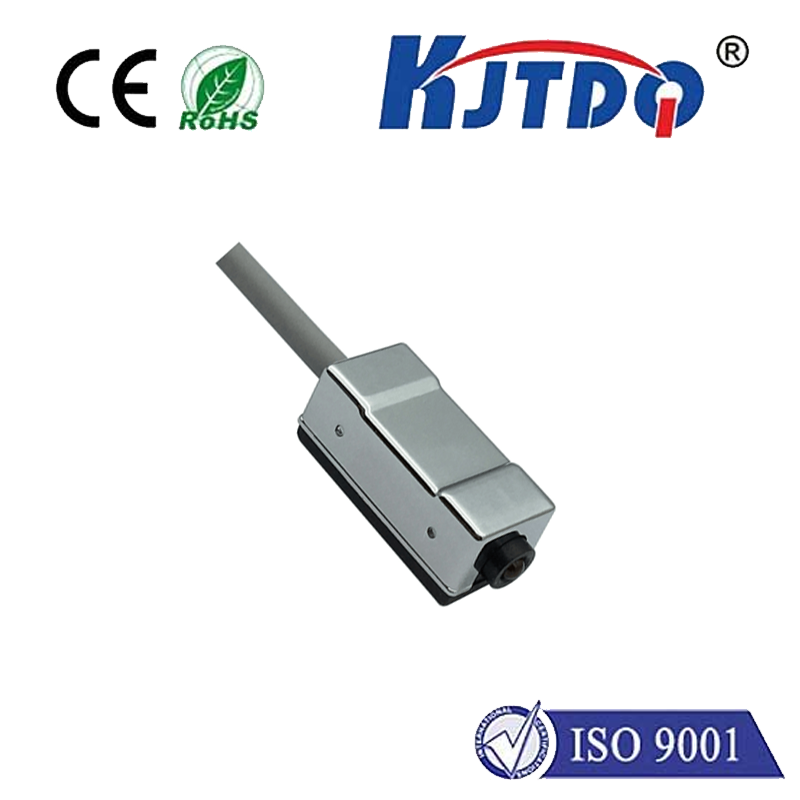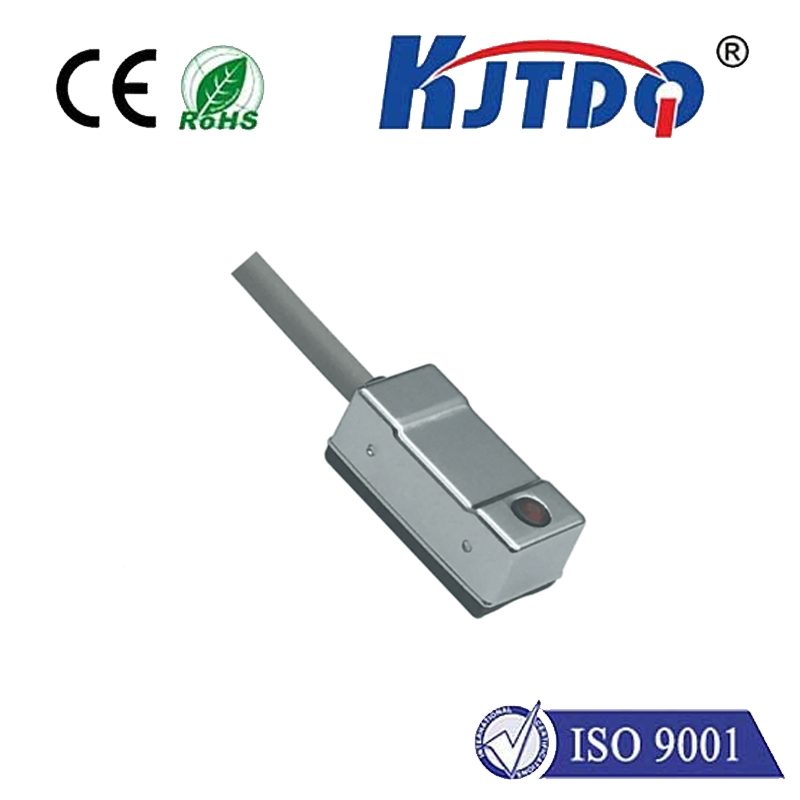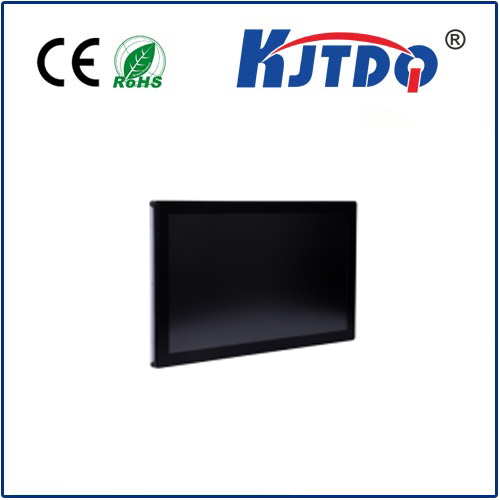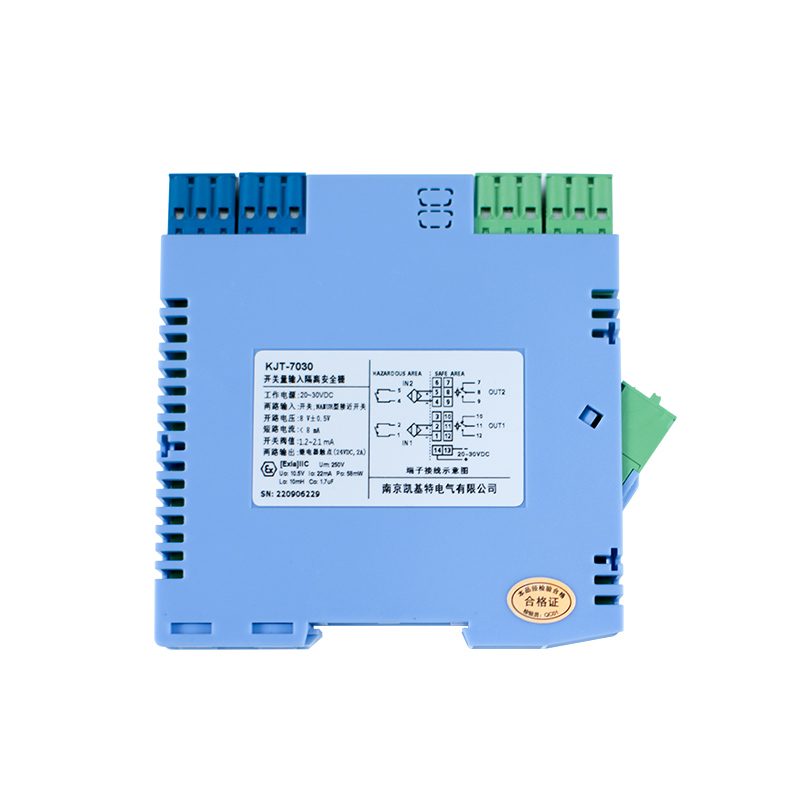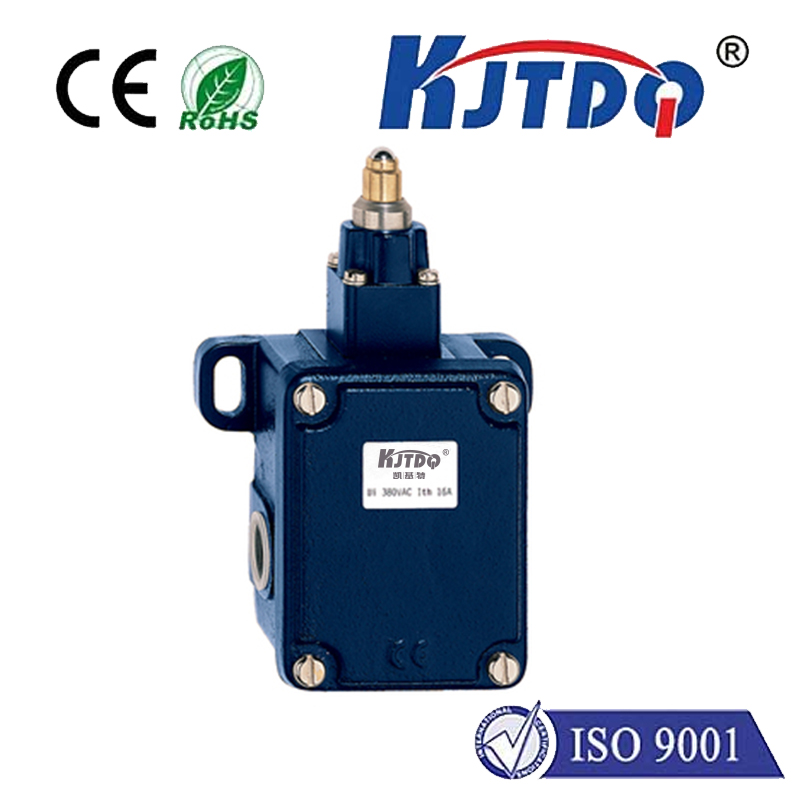

check

check

check

check

check

check

check

check

check

check
When choosing the right proximity sensor, there are several key factors we need to consider. In this article, we will explore the factors involved in selecting a proximity sensor and provide you with detailed information on these key factors along with product descriptions.
The first thing we need to consider is the detection type. Proximity sensors are divided into two types: built-in amplifiers and separate amplifiers. A built-in amplifier means that the sensor and amplifier are integrated, while a separate amplifier separates the sensor and amplifier.
Secondly, the shape of the sensor is also an important consideration. Existing proximity sensor shapes usually include round, square and groove shapes. You can choose the most suitable shape based on your actual application needs.
Detection distance is also one of the key factors to consider when selecting a proximity sensor. Detection distance is usually measured in millimeters and determines the maximum distance a sensor can detect an object.
Another consideration is the type of objects the sensor is capable of detecting. Common detection objects include iron, steel, copper, aluminum, plastic, water, paper, etc. These differences in object types will have an impact on sensor selection.
Operating power supply is another key factor to consider when selecting a proximity sensor. The working power supply of the sensor usually has direct current (DC), alternating current (AC) and universal alternating current (AC/DC).
The output form is also an important factor. The output of a proximity sensor can be in normally open (NO) or normally closed (NC) form. This will depend on your application requirements for the sensor.
In addition, proximity sensors can also be classified according to output modes, including two-wire and three-wire (NPN, PNP). These output modes are also factors to consider when choosing the right sensor.
Shielding is another key factor to consider when selecting a proximity sensor. Shielded and unshielded sensors play different roles in specific application environments.
Finally, the sensor lead-out method, connector type, and connector relay type are also important considerations. These factors will affect the sensor installation and connection methods.
In addition to the above key factors, response frequency is also an important factor to consider when selecting a proximity sensor. The response frequency of a sensor determines how many objects it can detect in one second.
To sum up, there are many key factors to consider when choosing a suitable proximity sensor, including detection type, shape, detection distance, detection object, working power supply, output form, output mode, shielding or not, lead-out method, connector type, connection relay type and response frequency. Only by taking these factors into consideration can we select the proximity sensor that best suits the needs of a specific application.
